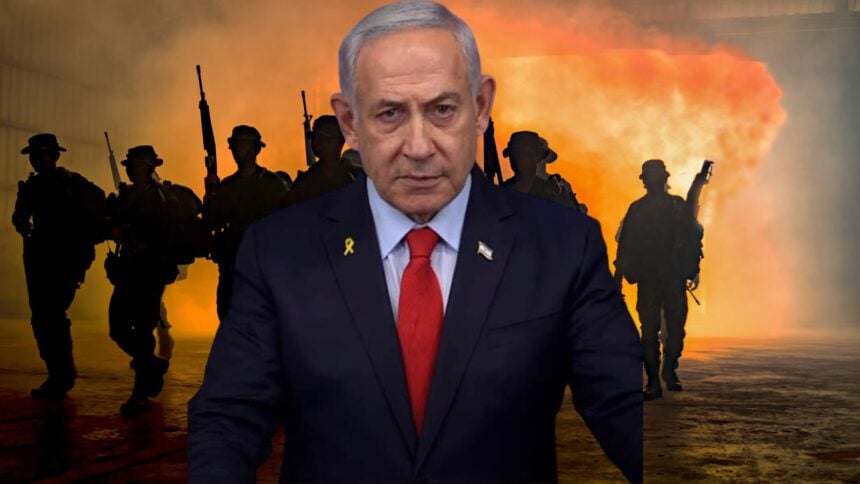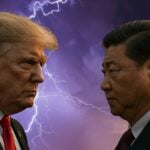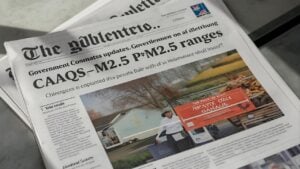Israel’s ceasefire with Hamas entered its early days with mixed signals from Jerusalem. Prime Minister Benjamin Netanyahu hailed what he called a historic victory, but he also told Israelis the campaign is not over.
His remarks came as the first phase of prisoner and hostage releases got underway and diplomats prepared for talks in Egypt on next steps for Gaza’s reconstruction and security arrangements.
Netanyahu’s two-track message underscores how tentative this pause remains.
The truce has quieted bombardment and opened corridors for aid, yet the government continues to frame operations against Hamas as unfinished business.
In a brief statement Sunday, Netanyahu said the “campaign is not over,” even as officials pointed to battlefield gains and the release of captives as proof of momentum.
Hamas, weakened but not gone, has also signaled that future steps hinge on the pace of detainee releases and Israel’s withdrawals from populated areas.
A summit in Egypt is expected to focus on sequencing, humanitarian access, the exchange of detainees, security guarantees to deter new cross-border attacks, and a framework for Gaza’s administration that avoids both a power vacuum and a permanent Israeli occupation.
The sequencing will determine whether the ceasefire hardens into something durable or gives way to renewed fighting if either side senses advantage slipping away.
Oil traders have faded wartime hedges as supply disruption odds recede, refocusing on macro forces such as U.S.–China trade friction and OPEC output discipline.
Analysts note that global crude exports are on track to hit new records in October, a backdrop that can blunt price spikes if the truce holds.
The White House has pressed allies to curb Russian energy revenue, including calls for NATO to stop buying Russian oil. Any tightening of those flows would complicate a clean bearish case for crude, even if Middle East risks ebb.
Separately, fresh UN sanctions on Iran snapped back earlier this month, a reminder that Tehran’s behavior and enforcement choices can still ripple through tanker routes and insurance costs.
The next catalyst is political rather than military, clarity on who secures Gaza’s crossings and who pays to restore power, water, and housing without credible answers, sovereign risk premiums across the region could drift wider again.
Defense equities have cooled from wartime peaks, though the sector’s order books are underpinned by multi-year procurement cycles unrelated to any single theater.
A credible endgame could shift incremental flows toward cyclical winners in shipping, industrials, and retailers exposed to cheaper energy, but that rotation will depend on durable evidence that rocket fire and cross-border strikes are truly over.
Palestinian leaders and key Arab states insist any interim arrangement needs a path to legitimate civilian administration to avoid a security vacuum.
The gulf between those positions explains Netanyahu’s insistence that victory does not mean a quick exit. It also explains why the market reaction, while positive, has been measured.
Price action is telling investors to treat this as a ceasefire with conditions, not peace with finality.
Clear progress on those fronts would lock in lower energy risk premiums and support risk assets. Slippage would put the war premium back on the tape and push investors back into defense.


















